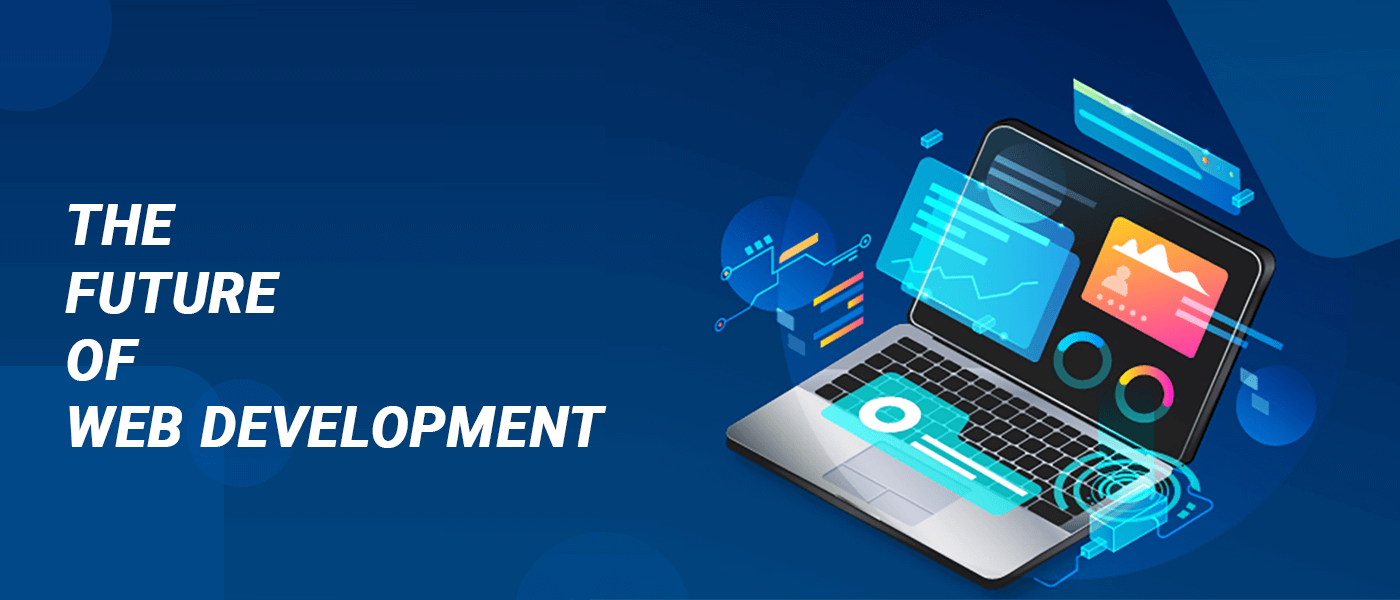
The decentralization of internet content control is the most notable of the many new capabilities that Web 3.0, the third generation of the internet, is anticipated to make possible. Similar to how the blockchain has been for quite some time, Web 3.0 is creating quite a stir and leaving many people baffled about what it’s all about.
Like any other technology, the internet ecosystem constantly alters to meet society’s evolving expectations. By staying informed about the internet’s future, consumers can avoid experiencing digital whiplash due to the changes that web 3.0 will bring—assuming it materializes.
As the name suggests, internet computing has existed in two forms, each of which has introduced ever more online services and unlocked new virtual doors. In a discussion, Raghib Khan explained how the initial version of the internet, known as Web 1.0, displayed information but had few features, was difficult to use, and provided few ways to monetize the material. By categorizing information on websites, allowing data to flow from site owner to user freely, and offering tools for users to produce content, Web 2.0 outperformed its predecessor.
Web 3.0 is strongly supported because content creators seek a way to regain control after feeling that only a few large firms dominate most websites. Because newsfeeds are cluttered with tales, extensive social media platforms like Twitter profit from content development. Technocrats are pushing for a new web to be constructed on the blockchain, giving content producers ownership of their work and the ability to monetize it properly. Web 3.0 would offer each content creator a token on the blockchain for each time a user viewed their work, which would accrue financial value in place of businesses receiving royalties on content.
Features That Distinguish Web 2.0 and Web 3.0
In part, Web 3.0 stands apart from Web 2.0 due to the abundance of additional features. Decentralization is the critical element that best describes Web 3.0 as a whole. In other words, Web 3.0 has all the tools necessary to enhance the internet by focusing on a few ground-breaking innovations that may be the core of the digital revolution. These features include
-
Open: Permitting open-source development by a reachable and transparent developer community. In other words, “open” can be characterized as an ethos that transforms online service and protocol into accessibility, community control, and equity.
-
Allowing interactions between public and private networks without raising trust issues or requiring assistance from a reliable outside source. Simply put, the network enables users to rely on its output and performance without being constrained by the need to trust other network participants.
-
Allowing consumers and suppliers to participate in public or commercial projects without a controlling authority. The conveyance of information would be flexible and secure in such a network setting.
The Web 2.0 programs are built and deployed on a single server, and the data is frequently kept in a single database that a cloud service provider firm hosts. Web 3.0 apps, on the other hand, as observed by RNF Technologies’ Raghib Khan, are most likely to be developed on decentralized networks that utilize numerous peer-to-peer servers.
Effects Of Web 3.0 On Data And Applications:
Web 3.0 is paving the way for ground-breaking ones that connect people with AI technologies to produce a more individualized web experience. In the future, AI will use machine learning algorithms to analyze information similarly to how people do.
With Web 3.0’s open, trustless, and permissionless nature, instability will be one of the biggest obstacles to overcome as data ownership decentralizes. Web 3.0 is all about AI and decentralization, whereas Web 2.0 promoted cloud computing, mobile applications, and the power of social media.
Therefore, a Web 3.0 world is something that cannot be managed by a single company keeping an eye on the globe’s networks. With the advent of Web 3.0, data centers will be replaced by a decentralized internet that will enable home appliances, automobiles, computers, mobile phones, and sensors to store their data. As pointed out by RNF Technologies’ Raghib Khan, a shift like this would result in record-high volumes of data being stored.



